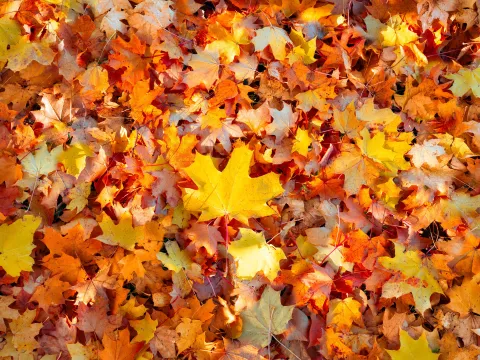Active banners: 0 Visible banners: 0
I Live in the Eastern US—Does Climate Change Matter to Me?
Provided by: CLEAN |Published on: June 30, 2023
Videos
789101112
Synopsis
- This video describes some of the changes occurring in the Eastern United States due to climate change and details some of the adaptations, economic downsides, and future risks to the region.
- Students will learn about the risks to tourism, threats to fisheries, heat effects in urban areas, risks of flooding in coastal communities, increasing pests and invasive species, and specific human health threats related to climate change.

Subjects: Biology, Earth and Space Sciences, Health
Authors: Katharine Hayhoe, Global Weirding Series
Region: North America, USA - Northeast, USA - South, United States, New Jersey, Connecticut, New York, Maine
Languages: English
Teaching Materials
Positives
- Environmental justice issues are addressed as the narrator describes how economically disadvantaged areas may experience the negative effects of climate change more acutely as jobs in coastal areas and rural areas are threatened by worsening climate conditions.
- The narrator defines new vocabulary such as high tide flooding and urban heat island effect, both verbally and with illustrations.
- The video strikes a balance between describing the negative effects of climate change and presenting learners with ideas to adapt to changes and prevent further impacts.
Additional Prerequisites
- Students should be familiar with the concept of greenhouse gas emissions trapping heat and causing climate change.
- Students should understand how coastal communities are especially vulnerable to the effects of climate change such as flooding, severe storms, and sea level rise.
Differentiation
- Before watching the video break students up into two groups and ask one group to predict how climate change might affect the tourism economy in the Eastern United States and ask the other group to predict how it may effect the native wildlife.
- This video is packed with information, so it may be helpful to pause the video after each new climate change effect is mentioned and have students take notes, discuss their thoughts, or use a graphic organizer to jot down notes about what they learn and wonder.
- Have students independently research how air quality effects individuals' health and research the air quality in their region.
- Consider having students create art representing the four seasons of the Northeastern United States and have them discuss the effects of climate change on seasonality.
Scientist Notes
Teaching Tips
Standards
Resource Type and Format
About the Partner Provider

CLEAN
The CLEAN Network is a professionally diverse community of over 630 members committed to improving climate and energy literacy locally, regionally, nationally, and globally in order to enable responsible decisions and actions. The CLEAN Network has been a dynamic group since 2008 and is now led by the CLEAN Leadership Board established in 2016.
All resources can be used for your educational purposes with proper attribution to the content provider.



